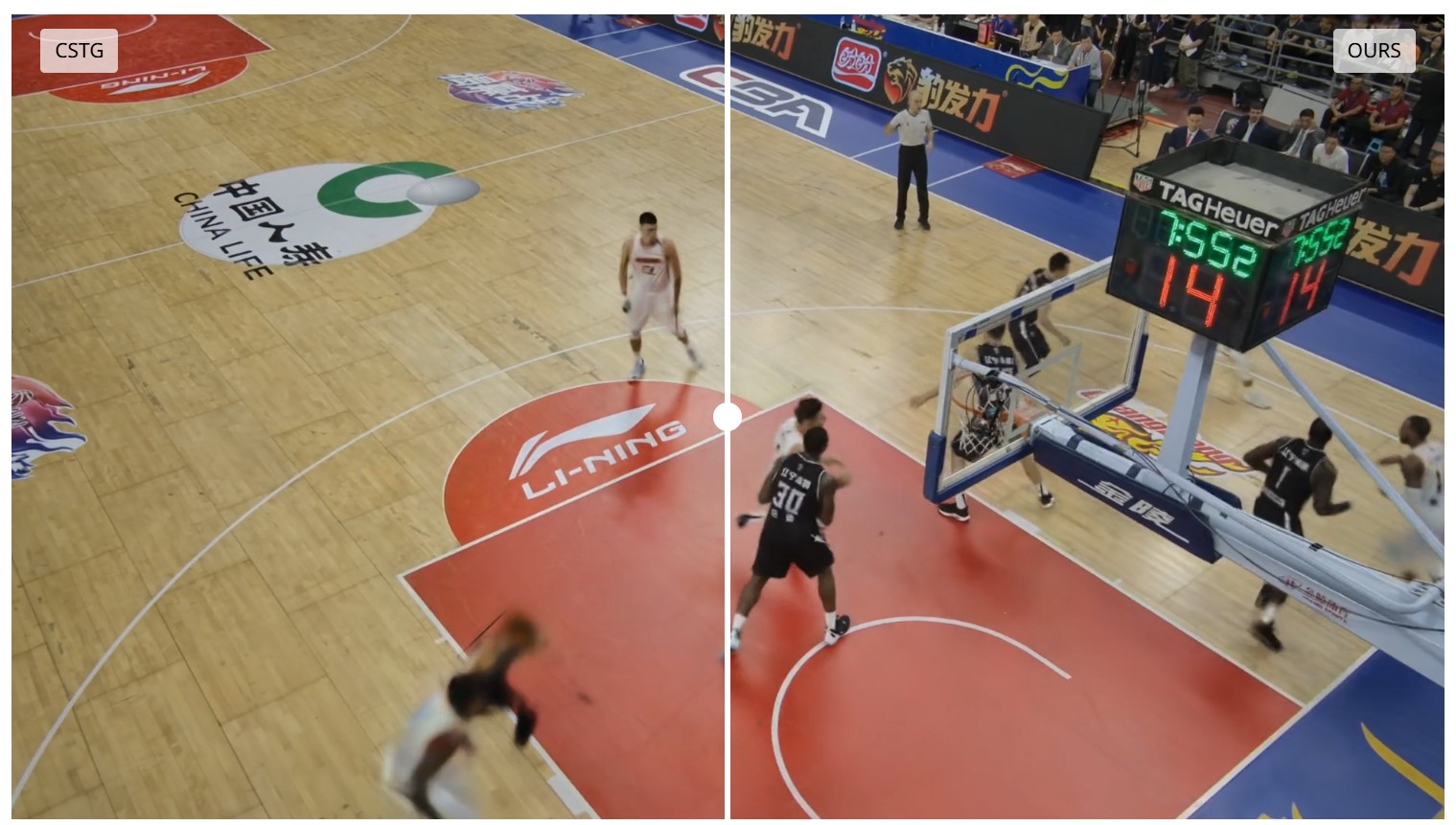RANDOM POSTs
-
online real time collaborative text editor
Read more: online real time collaborative text editora highly customizable Open Source online editor providing collaborative editing in really real-time
-
Wan2.2 – This is now the BEST AI video generator! Free & open-source
Read more: Wan2.2 – This is now the BEST AI video generator! Free & open-sourcehttps://docs.comfy.org/tutorials/video/wan/wan2_2
https://huggingface.co/collections/QuantStack/wan22-ggufs-6887ec891bdea453a35b95f3
https://civitai.com/models/1585622?modelVersionId=2014449
-
GIFStream – 4D Gaussian-based Immersive Video with Feature Stream
Read more: GIFStream – 4D Gaussian-based Immersive Video with Feature Streamhttps://xdimlab.github.io/GIFStream/
Immersive video offers a 6-Dof-free viewing experience, potentially playing a key role in future video technology. Recently, 4D Gaussian Splatting has gained attention as an effective approach for immersive video due to its high rendering efficiency and quality, though maintaining quality with manageable storage remains challenging. To address this, we introduce GIFStream, a novel 4D Gaussian representation using a canonical space and a deformation field enhanced with time-dependent feature streams. These feature streams enable complex motion modeling and allow efficient compression by leveraging their motion-awareness and temporal correspondence. Additionally, we incorporate both temporal and spatial compression networks for endto-end compression.
Experimental results show that GIFStream delivers high-quality immersive video at 30 Mbps, with real-time rendering and fast decoding on an RTX 4090.

-
Netflix removes movie noise, saves 30% bandwidth and adds it back again
Read more: Netflix removes movie noise, saves 30% bandwidth and adds it back againhttps://www.slashcam.com/news/single/Netflix-removes-movie-noise–saves-30–bandwidth-a-17337.html
”’Filmmaker Parker Gibbons has drawn attention to a very interesting fact: Netflix removes film noise before streaming its movies and artificially adds it back when decoding. This is because digitally shot films are actually free of any film grain, the very specific (not to be confused with noise caused by too little light) noise that occurs in analog filming. But this type of noise has become so associated with “real” motion pictures through the long history of film (as a component of the film look) that it is unconsciously perceived by many viewers as an important feature of a motion picture.
…
This leads to a difficult-to-resolve contradiction between, on the one hand, film material that is as compressible and noise-free as possible, and, on the other hand, the noise caused by film grain that is desirable for the film look. Netflix has found a very special solution to resolve this contradiction. It uses a very special function of the open source
 AV1 video codec, which Netflix has been using for a long time, namely the artificial
AV1 video codec, which Netflix has been using for a long time, namely the artificial  synthesis of film grain. Thus, film noise is first analyzed using statistical methods before compression and then removed for efficient compression. According to Netflix, this saves around 30% of the data during transmission.”’
synthesis of film grain. Thus, film noise is first analyzed using statistical methods before compression and then removed for efficient compression. According to Netflix, this saves around 30% of the data during transmission.”’
COLLECTIONS
| Featured AI
| Design And Composition
| Explore posts
POPULAR SEARCHES
unreal | pipeline | virtual production | free | learn | photoshop | 360 | macro | google | nvidia | resolution | open source | hdri | real-time | photography basics | nuke
FEATURED POSTS
Social Links
DISCLAIMER – Links and images on this website may be protected by the respective owners’ copyright. All data submitted by users through this site shall be treated as freely available to share.




